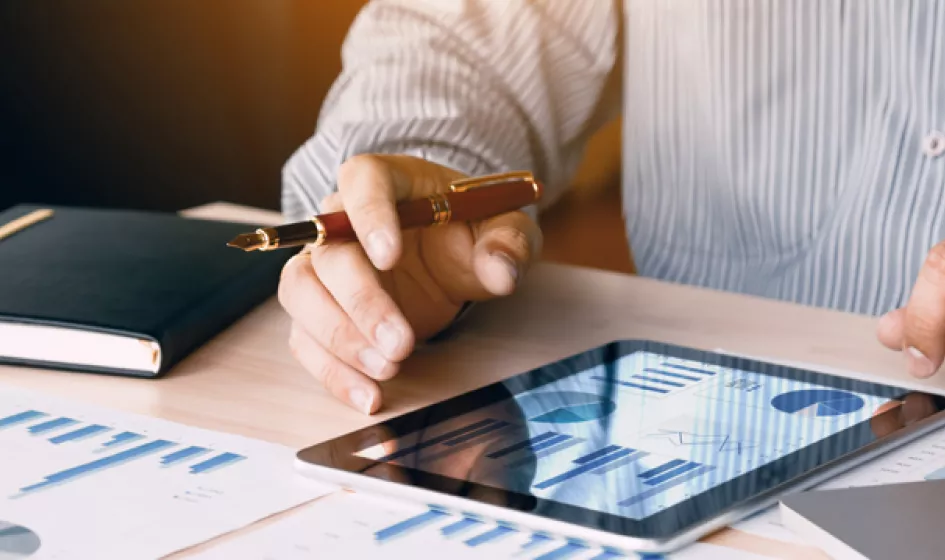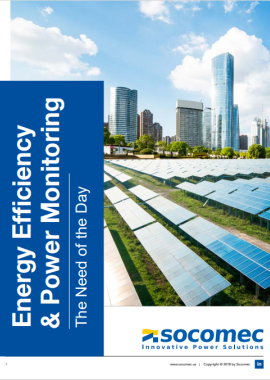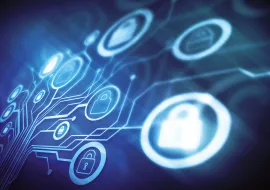To ensure equitable billing, utility providers need a way to divide the total energy costs between tenants. Tenant submetering can help building managers to automatically generate bills depending on each tenant’s individual energy consumption. What is tenant submetering, and how does it help building managers?
The Need for Tenant Submetering
Previously, energy costs were allocated based on real estate footprint. The overall monthly bill was divided among the tenants based on the size of their residential or office space. While it was an easy way to bill tenants consistently, it was inaccurate and often led to tenants being over- or under-billed for the amount of energy they really consumed.
Now, more building managers are beginning to turn toward tenant metering to ensure fairness and accountability, as well as to make tenants more mindful of their energy usage. It also allows building managers to gather data on energy usage patterns, allowing them to project trends based on past behavior.
Although tenant submetering is simple enough, it isn’t an instant fix. Many building managers making use of individual meters still have to calculate many rollovers and multipliers based on the types of meters and energy consumption metric being measured.
Savvy property managers leverage advanced technology for smart management of various aspects of their buildings. However, most still use outdated submetering technology. The use of non-networked meters is still prevalent today, meaning that energy usage for each tenant needs to be read each month manually.
Because energy readings and generation of utility bills are often done manually, it requires numerous hours that include the painstaking creation and analysis of convoluted meter billing spreadsheets. Such methods are cumbersome and (unsurprisingly) prone to human error.
To take the hassle out of submetering, building managers need a way to automatically take meter readings and generate utility bills for their tenants.
How to Automatically Read Meters and Generate Bills
Whether you’re new to tenant submetering as a whole or you’re simply looking for a way to incorporate automated billing into your submetering system, it’s important to use the right technology, from your meters to your software. Ready to get started?
First, building managers should identify sub-feeder panels that supply power to different tenants throughout the building. These points are important because they are where you’ll need to install meters.
Once you’ve identified the sub-feeder panels, the next step will be to install accurate and reliable metering equipment. This will help you to see how much energy your tenants are really using—rather than guessing at their consumption based on how much space they take up.
However, the meters on their own are not quite enough; they must also have an accurate way to track, store, and communicate each tenant’s consumption data. To accomplish this, data logger gateways must be installed as a part of your metering solution.
With a complete tenant metering solution in place, your data loggers will be able to take data from your meters and communicate the information to your tenant billing software. There are many different types of billing software, but they all work in a similar way: they take the energy consumption information from your data loggers and create accurate bills for each of your tenants.
Automate Your Tenant Billing with Socomec
Tenant submetering makes generating bills simple. You’ll save the time you would have used trying to calculate fair bills. You’ll save money that can often be lost to human error when generating bills manually. Best of all, you’ll have the peace of mind that comes from knowing your tenants are being billed fairly—and your tenants will appreciate that, too!
Are you ready to start using tenant submetering? Socomec provides a complete metering solution; we can help select the right meters, data loggers, and other technology for your application. And our technology is compatible with most third-party billing software to get your tenant billing system started right away!
Looking to learn more about metering and power monitoring? Learn how it can help your building become more energy efficient by downloading your free whitepaper, Energy Efficiency & Power Monitoring: The Need of the Day.






